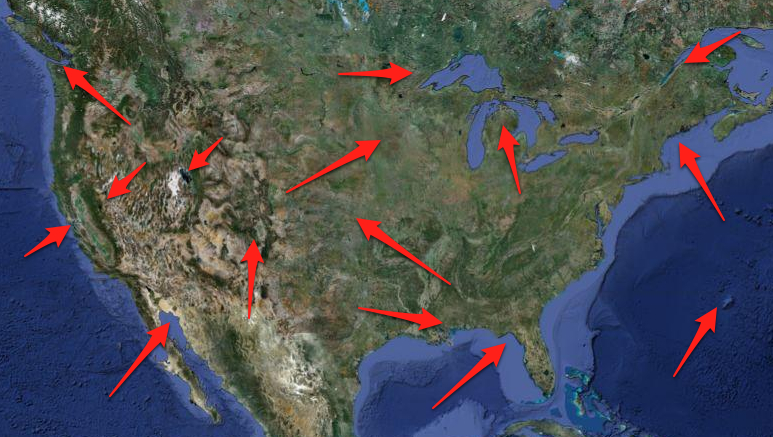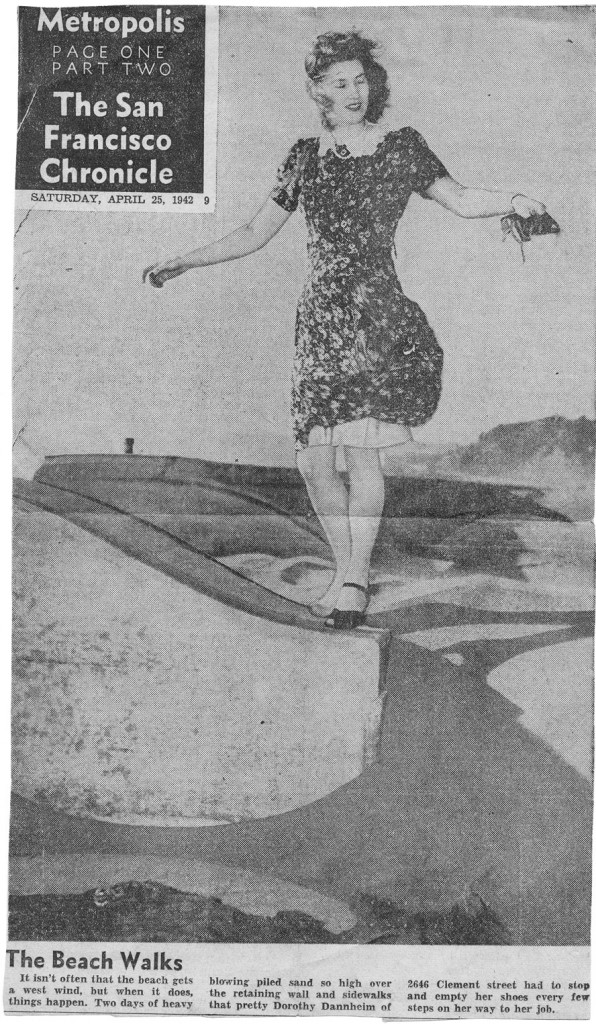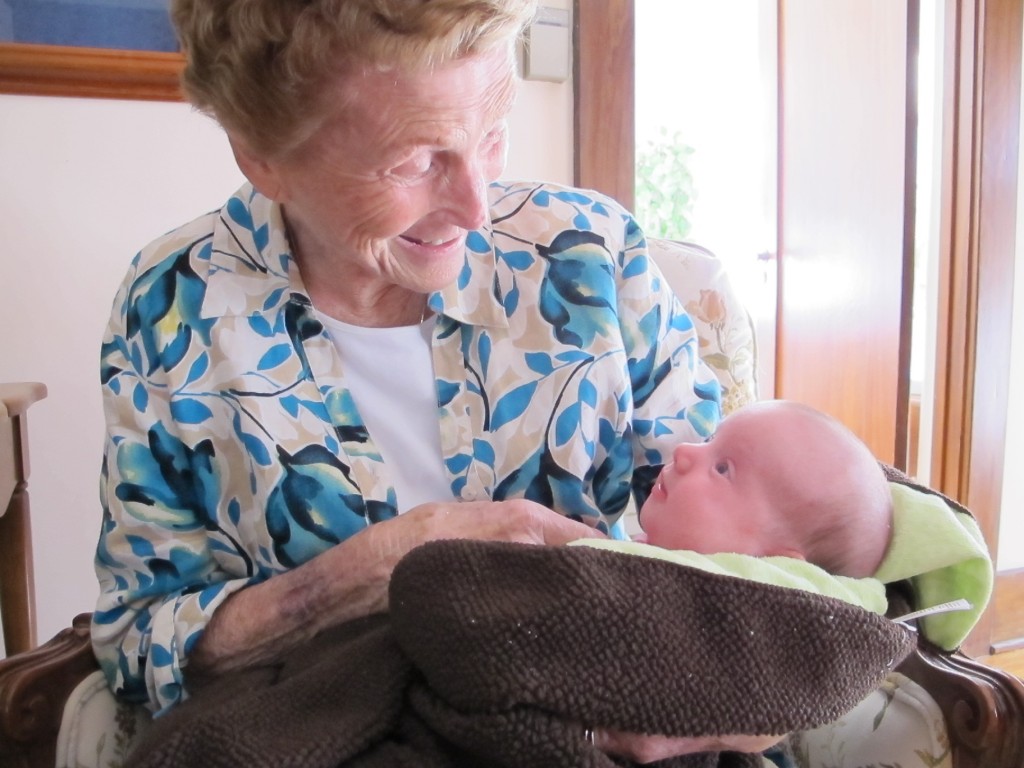Pop quiz!
Where, even though both the primary- and secondary-source readings for my U.S. history survey repeatedly used the word “Virginia,” did my students today think the Chesapeake is located? (And no, I don’t have any international students in this class.)
Leave your answers, as well as your favorite student geography blunders, in the comments.
(I’m going to have to start every class meeting this year with a geography lesson, yes? I feel really bad for my colleagues who teach non-U.S. history.)






